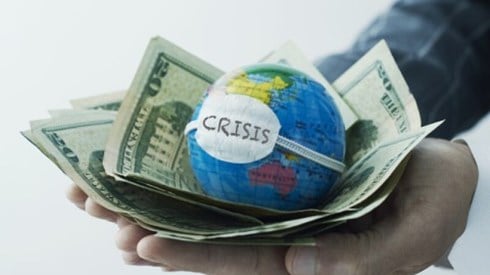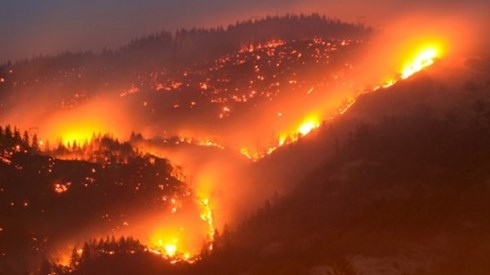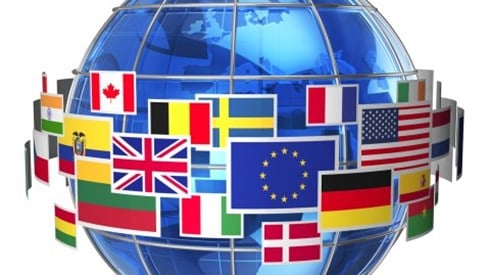2021 Risk Maps Underscore COVID-19 Pandemic's Geopolitical Impact
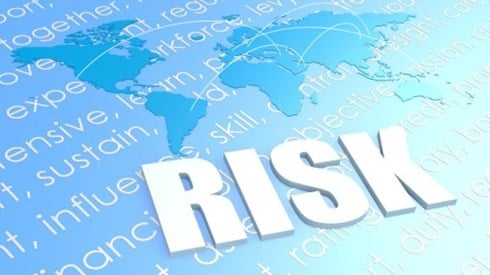
August 09, 2021
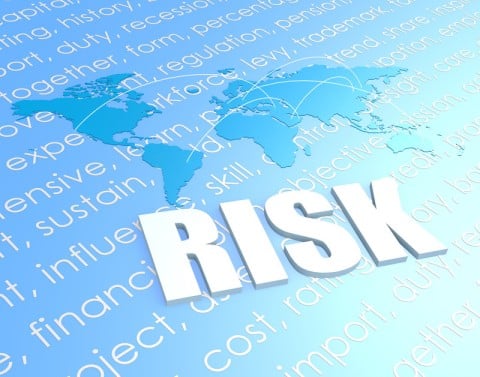
Beyond the impacts on our everyday lives, the COVID-19 pandemic has had a significant influence on a variety of geopolitical risks, according to a new report.
Among other things, the COVID-19 pandemic had an effect on terrorism in 2020, in many cases limiting it, according to Aon's Risk Maps 2021 report.
Outside of conflict zones, most incidents of terrorism during the year were perpetrated by lone attacks, Aon says, reflecting the extent to which the pandemic suppressed the threat.
While several 2020 trends show the pandemic's impact on terrorist activity, they also demonstrate the fact that the pandemic was likely less relevant than political developments for larger and more organized groups, the Aon report says.
In conflict zones such as Iraq, Syria, and Mali, the impact of COVID-19 likely left authorities less able to counter the terrorist threat, Aon says. "But the intensification of these conflicts was probable in any case, notwithstanding the pandemic," the report says.
Terrorist threats from both far-right and far-left extremists fell overall in 2020, according to Aon. "In Western countries, we saw a 53 percent drop in 2020 of far-right extremist terrorist incidents and an even greater fall in the number of casualties from attacks, suggesting a lack of targeting means and opportunities due to COVID-19 restrictions," the Risk Maps 2021 report says.
On the other hand, far-left extremist incidents increased by 42 percent in Europe in 2020, Aon reports, with the proportion targeting businesses rising from 35 percent in 2019 to more than 50 percent last year.
"The incidence of terrorist attacks looks likely to rise in more developed countries, as mass vaccinations help governments ease local and international restrictions globally," the report says. "Pent-up grievances, online radicalization, a desire for groups to re-establish themselves, and more targeting opportunities all look likely to combine into a worsening threat landscape in the latter half of 2021."
Despite COVID-19 and related restrictions on movement and gatherings, disruptive protests and unrest remained common around the world in 2020, the Aon report says. The fate of political protest movements was mixed, however, according to Aon. As new campaigns emerged in the United States, Thailand, and Belarus, others in Latin America, Asia, and parts of Europe came to a halt.
"The pandemic also pushed fringe grievances fostered by misinformation and conspiracy theories into the mainstream," the report says. "These fueled protests on both wings of the political spectrum and sustain the potential for civil disorder through 2021."
The convergence of long-standing resentments among both left-wing and right-wing extremists—compounded by COVID-19-related issues—are likely to drive disruptive protests in Europe and North America through 2021, according to the Risk Maps 2021 report. "In particular, suspicion over lockdown measures, COVID-19 vaccines, and claims that the pandemic itself was 'planned' by 'global elites' have resonated with anti-globalization, anti-immigration, and anti-liberal rhetoric across the political spectrum," Aon says.
The report says that Germany and the United States are "notable hotspots" for these types of protests and the accompanying civil disorder, following the riot at the US Capitol in January and an attempt to enter the parliament building in Berlin in August 2020. "These new protest trends and dynamics could well align with new grievances as the COVID-19 pandemic continues," the report says.
Slow economic recoveries or economic stagnation in more advanced recoveries as vaccination programs move forward will also be a source of protest and unrest, the report says. "In such countries and emerging economies alike, this will probably fuel anger over governments' handling of the crisis, bringing new causes of political protest or reigniting popular grievances that pre-date the pandemic," Aon says.
Another impact of the COVID-19 pandemic identified in this year's Aon Risk Maps 2021 report is the extent to which the pandemic is putting a hoped-for "green recovery" at risk.
Many international institutions—most notably the European Union—have contended that the pandemic recovery provided an opportunity to rebuild better and greener. Yet COVID-19 has dimmed the likelihood of that outcome for several reasons, Aon found, including the fiscal impacts of dealing with the pandemic.
Aon cited five reasons for the lessening hopes of a post-pandemic green recovery.
- The COVID-19 pandemic has made fossil fuels cheaper.
- Investment in clean technologies is expensive, especially at a time when the pandemic has reduced demand.
- Protectionism in raw materials necessary for green technologies could rise.
- Half of emerging markets that converged toward developed markets incomes over the last decade will diverge in 2020 to 2022, leaving the environment/inequality issue as a major emerging markets political issue.
- China approved more new coal power plants during the first half of 2020 than in any year since 2015.
The Aon Risk Maps 2021 report noted that businesses' embrace of renewable energy sources provides a hedge against oil price volatility and a response to institutional investors' environmental, social, and governance pressures. But, while the cost of green technologies is coming down, it can be hard for companies fighting the economic impacts of the pandemic to find resources to devote to clean technologies, particularly as fossil fuels remain a cheaper option.
"COVID-19's societal stranglehold has lasted longer than anyone could have anticipated. This year, firms have continued to navigate geopolitical complexities against the enduring backdrop of the pandemic," Vlad Bobko, head of Crisis Management at Aon, writes in the Risk Maps 2021 report. "They have had to make often tough decisions to insulate their people and operations against a host of threats, and we anticipate these will remain and evolve, as the global economy slowly learns to manage—and ultimately overcome—the challenges associated with COVID-19.
Aon's annual Risk Maps focus on political risk, terrorism, and political violence. The Risk Maps, developed by Aon in collaboration with Continuum Economics and Dragonfly, are intended to help businesses understand the geopolitical risk environment and help them respond to and limit international exposures.
August 09, 2021
